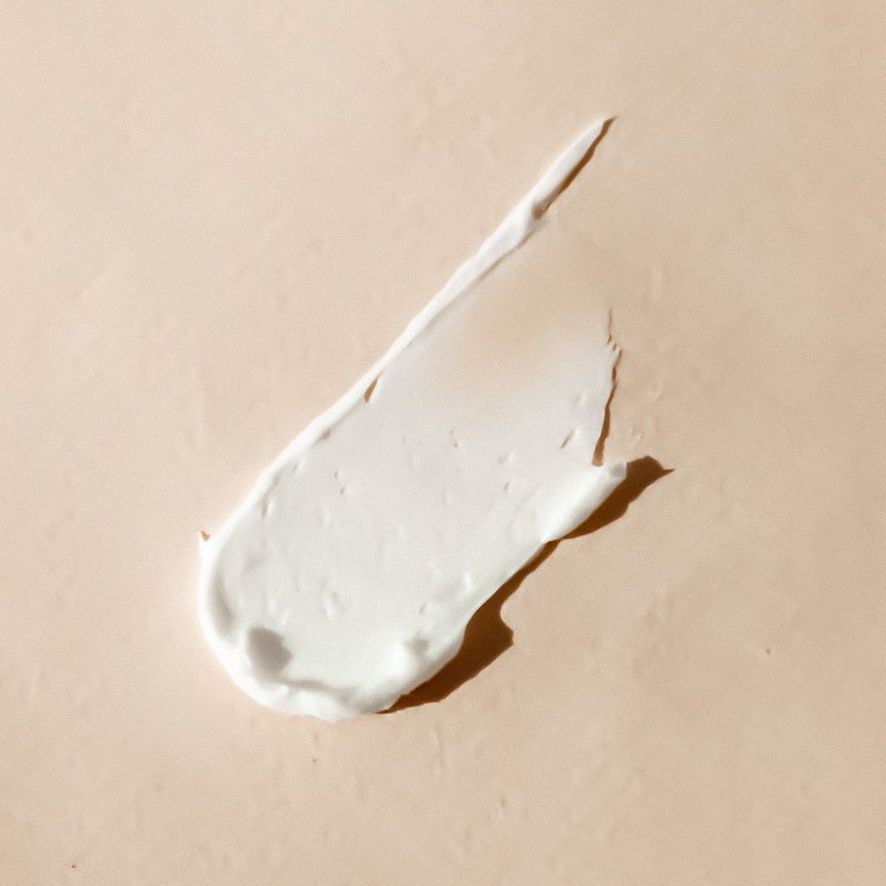When it comes to skincare, the French have long been revered for their sophisticated and effective approach. Renowned for their dedication to natural ingredients and scientific innovation, French skincare products have gained a global reputation for delivering exceptional results.
Hyperpigmentation, the stubborn darkening or discoloration of the skin, can be a source of frustration for many people – in France and Europe – seeking a more even and radiant complexion.
Among French hyperpigmentation creams, these are the top contenders that harness the power of French pharma-beauty expertise, cutting-edge research, and carefully selected ingredients. I live in France and I’ll share the best French hyperpigmentation creams to guide you and help you achieve luminous and balanced skin.
What is Hyperpigmentation?
Hyperpigmentation refers to the darkening or discoloration of patches of skin compared to the surrounding areas. It occurs when there is an overproduction or accumulation of melanin, the pigment responsible for giving color to the skin, hair, and eyes. Hyperpigmentation is caused by factors like sun exposure, hormonal changes, inflammation, skin injuries, and medical conditions.
There are different types of hyperpigmentation, including:
- Sunspots or age spots: These dark spots appear on the skin due to long-term sun exposure. They typically appear on areas frequently exposed to the sun, such as the face, hands, shoulders, and arms.
- Melasma: Melasma is a common type of hyperpigmentation that occurs as brown or gray patches, usually on the face. It is often associated with hormonal changes, such as pregnancy, birth control pills, or hormone replacement therapy.
- Post-inflammatory hyperpigmentation (PIH): PIH is a result of skin inflammation or injury, such as acne, eczema, psoriasis, or a wound. The dark spots or patches develop as the skin heals.
- Freckles: Freckles are small, concentrated areas of increased pigmentation that are usually genetic and more common in fair-skinned people. They are often seen in areas exposed to the sun.

Hyperpigmentation Causes
Hyperpigmentation in the skin can be caused by various factors. Here are some common causes:
Sun exposure: Ultraviolet (UV) radiation from the sun is a significant cause of hyperpigmentation. When the skin is exposed to the sun, it triggers an increase in melanin production as a defense mechanism. Over time, this can lead to the formation of dark spots or sunspots, especially on areas that are frequently exposed, such as the face, hands, and arms.
Hormonal changes: Hormonal fluctuations can contribute to the development of hyperpigmentation. This often occurs during pregnancy, leading to a condition called melasma or “pregnancy mask.” Women may also experience hormonal hyperpigmentation while taking birth control pills or undergoing hormone replacement therapy.
Post-inflammatory hyperpigmentation (PIH): Inflammatory skin conditions or injuries can result in PIH. When the skin experiences inflammation or trauma, such as acne, eczema, psoriasis, cuts, burns, or even aggressive skincare treatments, it triggers an overproduction of melanin during the healing process. This can lead to dark spots or patches in the affected areas.
Genetic factors: Some people are more prone to developing hyperpigmentation due to their genetic predisposition. For example, people with darker skin tones have more active melanocytes, the cells responsible for producing melanin. This increased melanin production can make them more susceptible to hyperpigmentation.
Medications and medical conditions: Certain medications, such as non-steroidal anti-inflammatory drugs (NSAIDs), antibiotics, and chemotherapy drugs, can cause hyperpigmentation as a side effect. Additionally, medical conditions like Addison’s disease, hemochromatosis, and certain autoimmune disorders can lead to pigmentation changes in the skin.
Aging: As we age, the production and distribution of melanin can become less uniform, leading to the development of age spots or uneven skin tone.
Hyperpigmentation Treatments
Treating hyperpigmentation can be challenging, but there are several skincare approaches that can help reduce its appearance. These may include:
- Sun protection: Since sun exposure can worsen hyperpigmentation, it’s essential to protect your skin from the sun’s harmful UV rays. Use broad-spectrum sunscreen with a high SPF, wear protective clothing, and limit sun exposure, especially during peak hours.
- Topical treatments and discoloration serums: Certain topical products containing ingredients like hydroquinone, kojic acid, retinoids, vitamin C, niacinamide, azelaic acid, and licorice extract can help lighten and even out the skin tone. These ingredients work by inhibiting melanin production or promoting its breakdown.
- Chemical peels: Chemical peels involve applying a chemical solution to the skin, which exfoliates the top layers and promotes skin cell turnover. This can help reduce hyperpigmentation over time.
- Laser therapy: Laser treatments, such as intense pulsed light (IPL) or fractional lasers, can target and break down excess melanin in the skin, reducing hyperpigmentation.
Here are some popular French hyperpigmentation treatments you can try today at home:
The La Roche-Posay Glycolic B5 10% Pure Glycolic Acid Serum, formerly called the Pigmentclar Serum, is a skincare discoloration serum designed to address pigmentation concerns and promote a more even skin tone.
The Caudalie Vinoperfect Radiance Serum is a Complexion Correcting serum that aims to improve the overall complexion by reducing dark spots and uneven skin tone.
La Roche-Posay Mela-D Pigment Control is a targeted treatment formulated to minimize and control pigmentation issues, helping to achieve a clearer and more uniform skin appearance.
The Caudalie Vinoperfect Brightening Glycolic Night Cream is a nourishing cream that works overnight to brighten the complexion, refine texture, and promote a radiant and luminous skin tone. It contains brightening ingredients such as papaya extract, glycolic acid, and vine sap.
Treating hyperpigmentation requires consistency and patience. Results may vary depending on the severity of the condition and individual factors. Consult with a dermatologist or skincare professional to determine the most suitable treatment approach for your specific situation.



